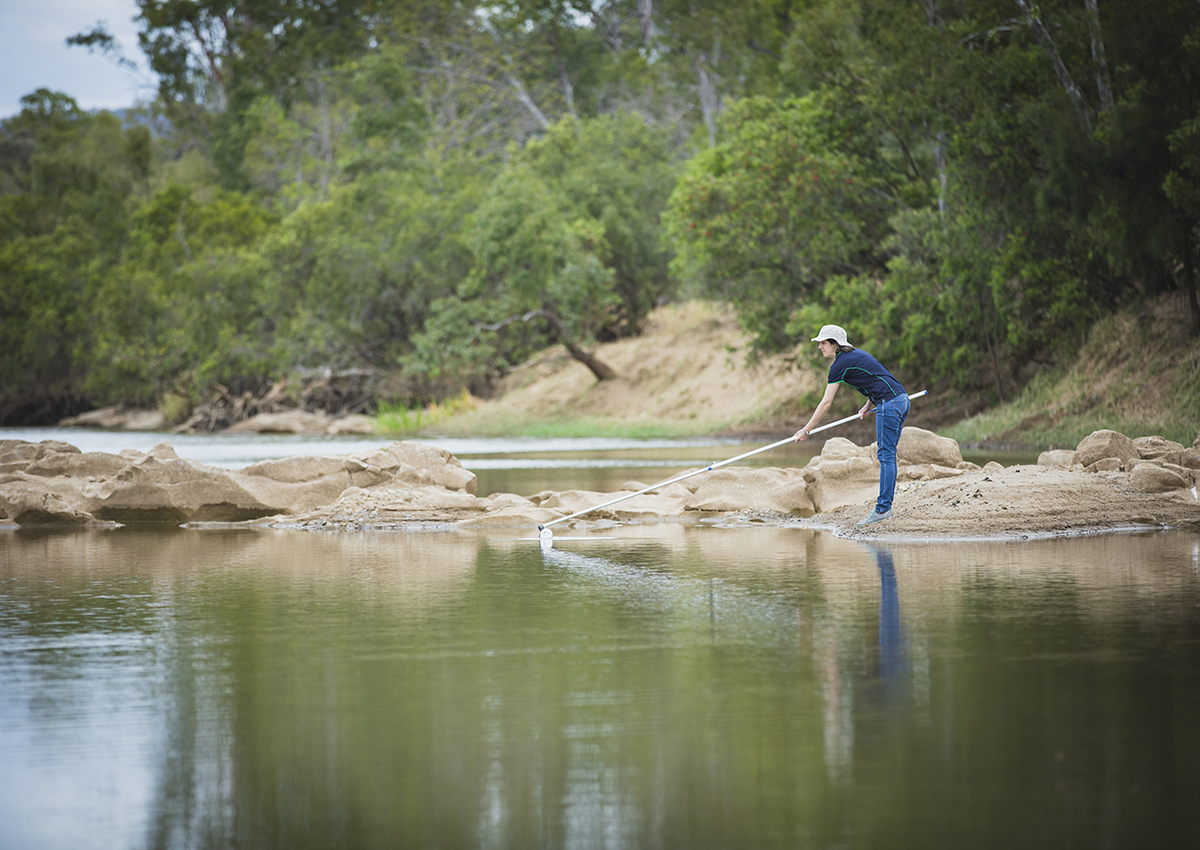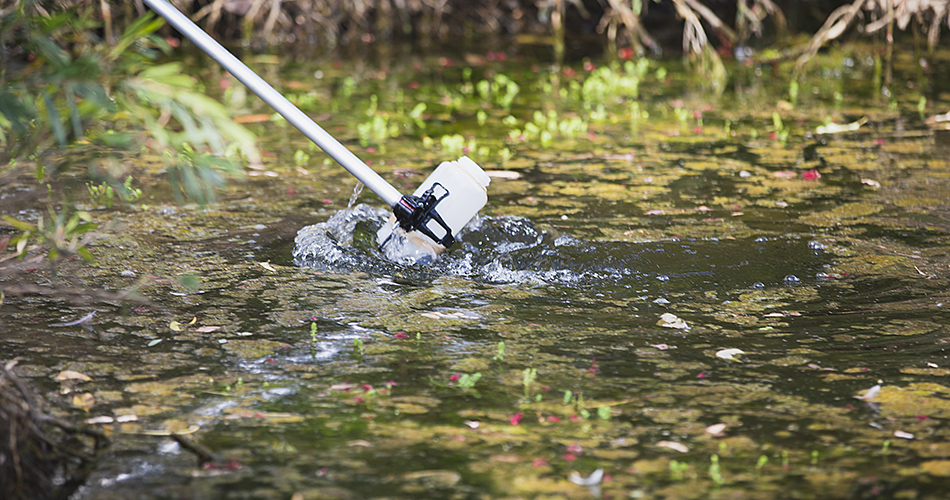Network of graziers continues invaluable water monitoring
A community-based water quality monitoring group established in 2019 continues to prove its worth to scientists, collecting data on how much sediment and nutrient run-off is flowing into the Great Barrier Reef from the Bowen, Broken, Bogie (BBB) catchment, around Bowen and Collinsville.
Water samples collected by the network of graziers across Burdekin tributaries and major sub-catchments help trace the origin of suspended sediment. This data provides the LDC project with information on how best to tackle gully remediation, keep soil on the land, and improve water quality.
The data is being used in two ways:
- To feed into modelling validation and to be used in research to better understand the sediment and nutrient composition of each tributary;
- To be shared directly back to the landholders to help them understand how the land and soil types on their property, and surrounding area react to various rainfall events.
TropWATER James Cook University scientists Steve Lewis and Zoe Bainbridge trained the volunteer network of graziers in the latter part of 2018, and analyse the samples – researching sediment characterisation and tracing from the BBB catchment to the Great Barrier Reef. Steve and Zoe have spent more than a decade examining the sources, transport, loads and fate of sediment in catchments of the Great Barrier Reef.
Ideally graziers capture one to three high flow events during a wet season, and for each of these, capture the flow hydrograph – that is the rising, peak and falling stages of the river flow.
Sediment and nutrient concentrations are generally highest on the rise and the peak which is collecting water samples at this time is a priority.
Participating graziers have been provided with kits that include sample bottles and data sheets to record the information, and those who are keen also take photos of the event. Samples are stored in a fridge on-site at the property until a NQ Dry Tropics field officer is able to collect them following a rain event, to transport them to TropWATER.
The water monitoring group makes a direct and active connection between graziers and scientists. Scientists share what they learn from the data with landholders, ensuring everybody benefits as graziers and technical experts strive together to improve water quality.
TropWATER scientist Zoe Bainbridge demonstrates the correct method of collecting a water sample during one of the training road trips.
Collecting water samples from the middle of the stream.


